Nature
Scenic Tours
Of legends, romantic and otherwise; places, secret and less so; as well as deer, spacecraft, and people in space suits.
The Katun Terraces
One of the wonders of the Altai realm, only a 1.5-hour drive from Aktash down the Chuya Highway, are the Katun Terraces – gigantic steps reaching up to 200m in height. Like pretty much everything in Altai, their origin is shrouded in mystery and romanticism. Legend has it that the rivers were languishing locked between the tallest Altai Mountains with massive boulders. A powerful bogatyr heard their lament and hurried to the rescue. He waved his forefinger, and deep fissures opened up in the mountains freeing up rivulets and springs, big and small. He then shot an arrow and split a huge mountain that stood in the way of the river in two. Thus the Katun Terraces came to be. In possession of a bit more critical thinking, scientists are inclined to believe that the terraces were created in the glacial lake outburst floods. Throughout tens of thousands of years, waters of the Chuya River had been accumulating in giant glacier-dammed lakes situated in the modern Chuya and Kuray basins, and then eventually ruptured the ice dams and burst out into the valley. The total floodwater discharge volume reached up to 18M m³/s with the speed of up to 25 m/s. When the lakes depleted and the water levels dropped, the layer of deposits brought in by the flood became the surface of the valley, and the subdued river began to form a new stream bed. This is how the bars appeared.

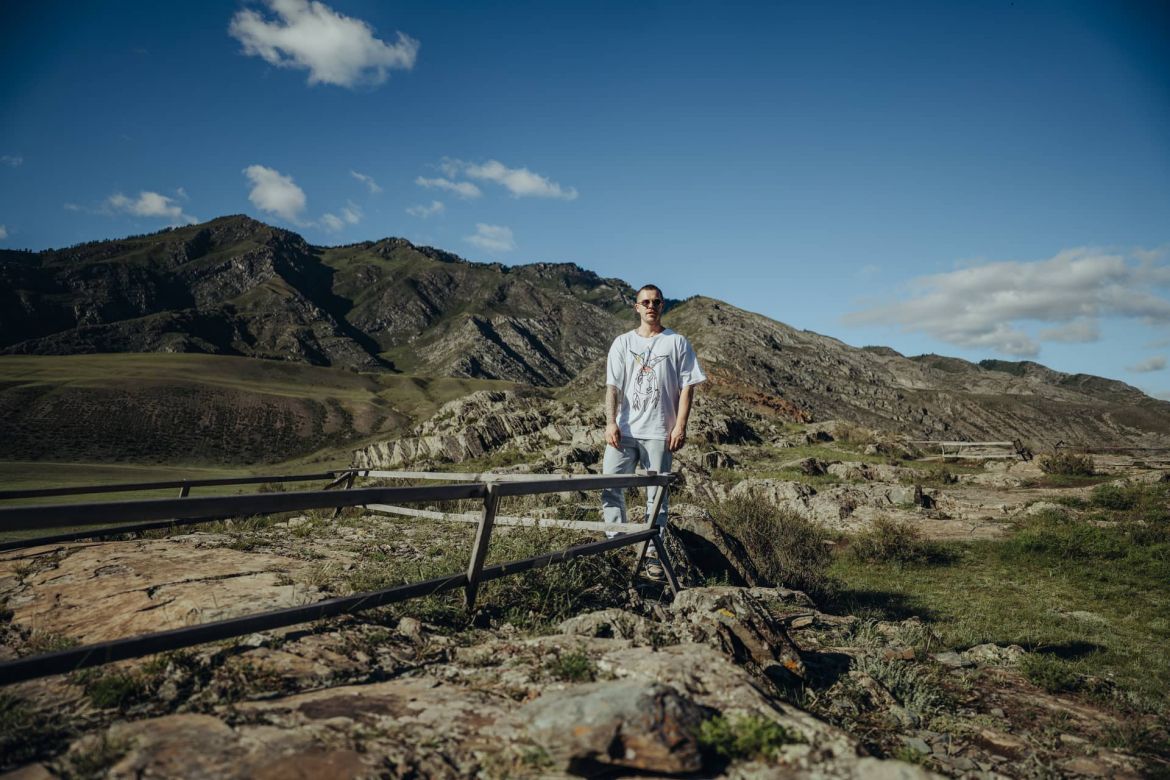
Best Lookout Points
This vantage point over one of the Katun’s bends is undeniably a secret spot. Turn left after crossing the bridge towards the Turquoise Katun recreational zone, then turn right at the ‘Grotto Valley’ sign and head down the winding road. Just before reaching the pond on the hillock, drive through the parking lot and follow the bumpy country road up a steep hill. Another 500m, and a fantastic view of the Katun River valley and an apiary with a pond will open up before your eyes.
Another spot – not so secret but no less ‘wow’ – is the view over the confluence of the Katun and Chuya rivers.
Depending on the season, these rivers can differ in hue dramatically – for instance, in May you get a chance to admire the ruby glow of the Chuya (derived from its clay riverbed) flowing into the aquamarine Katun. In the summer, the colours are more subdued but the place remains picturesque – and sacred for the locals. Naturally, it comes with a legend of its own, an ominous one this time.
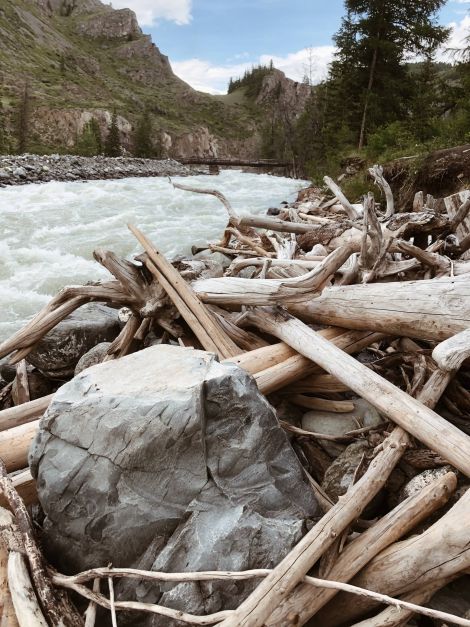
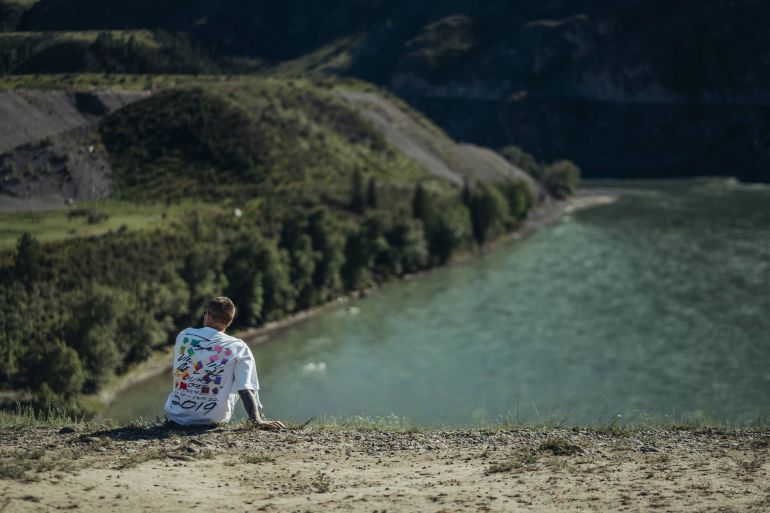
Fleeing from a company of the belligerent Chinese, a group of brave Altaians crossed the Chuya with their cattle and hid on an island. In order not to freeze in the night, one Altaian cut open a camel, starting with the neck (he must’ve understood something about cutting up camels), pulled out the entrails and settled down to sleep inside what had recently been a camel. A terrible hail storm started in the night, and in the morning the savvy Altaian discovered that not only did the people defeated by the Chinese fail to survive but also the trees got beaten down by the hail. This is how this place got its name, ‘Camel’s Neck’.


Petroglyphs of Kalbak-Tash
Only 10km away from Camel’s Neck you will find a real head and one of the most entertaining sights in Altai, the Kalbak-Tash (‘flat stone’ in Altaic) archaeological complex. This genuinely flat moss-grown precipice is covered with more than 5,000 petroglyphs dating as far back as the Neolithic period (6,000–4,000 BC) and up to and including the Ancient Turkic period (1,000–700 BC). In addition to the chronicles of everyday life – deer hunts, dinner in a yurt, beginning of a war, end of a war – the monument features spacecraft, space-suit clad people, and a shaman with the mythical ker t'utpa beast. An attentive traveller is bound to start wondering why deer are so big while humans are tiny. So as not to wallow in idle speculation, book a guide and torment them with your questions. The guide will be pleased, we promise.




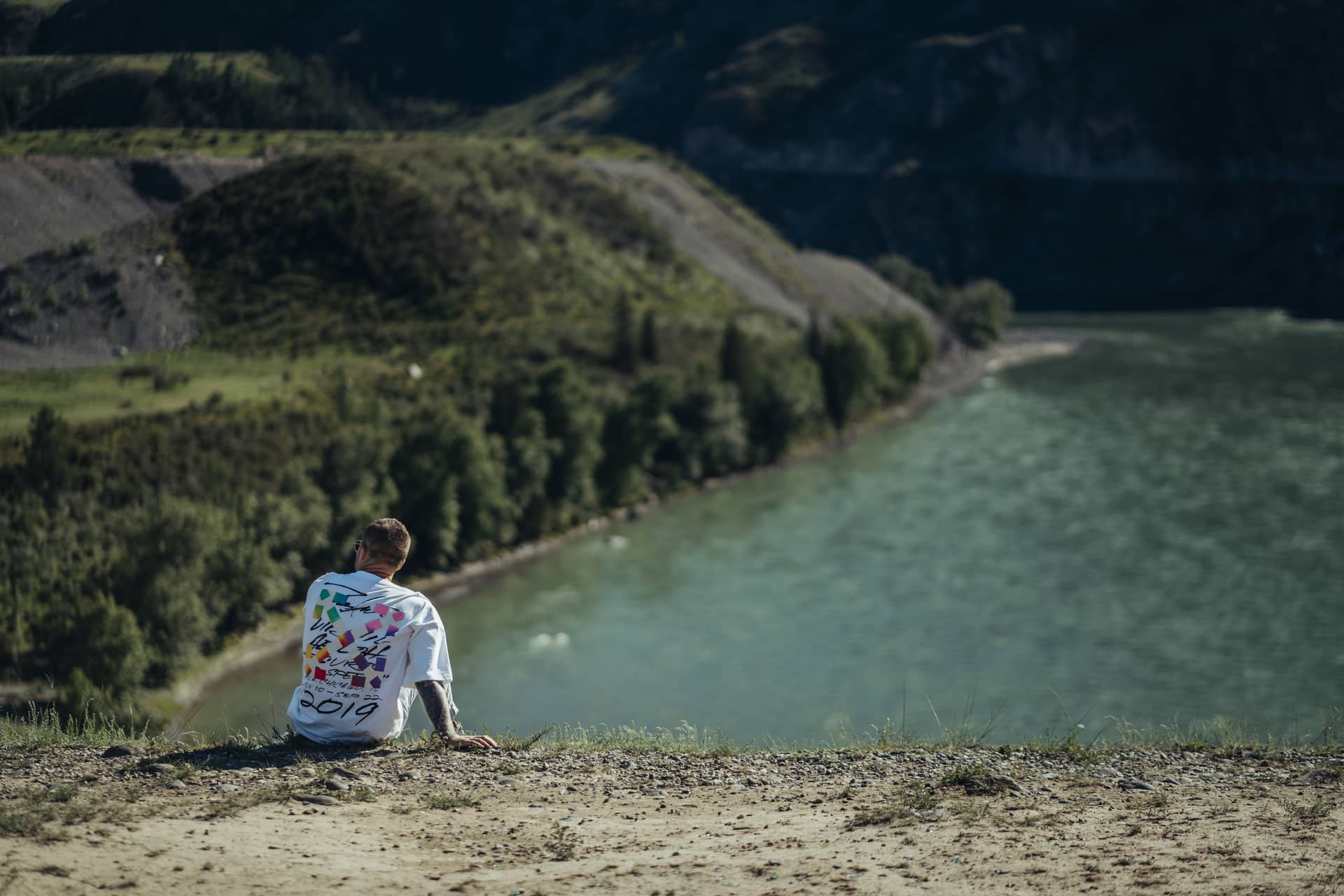


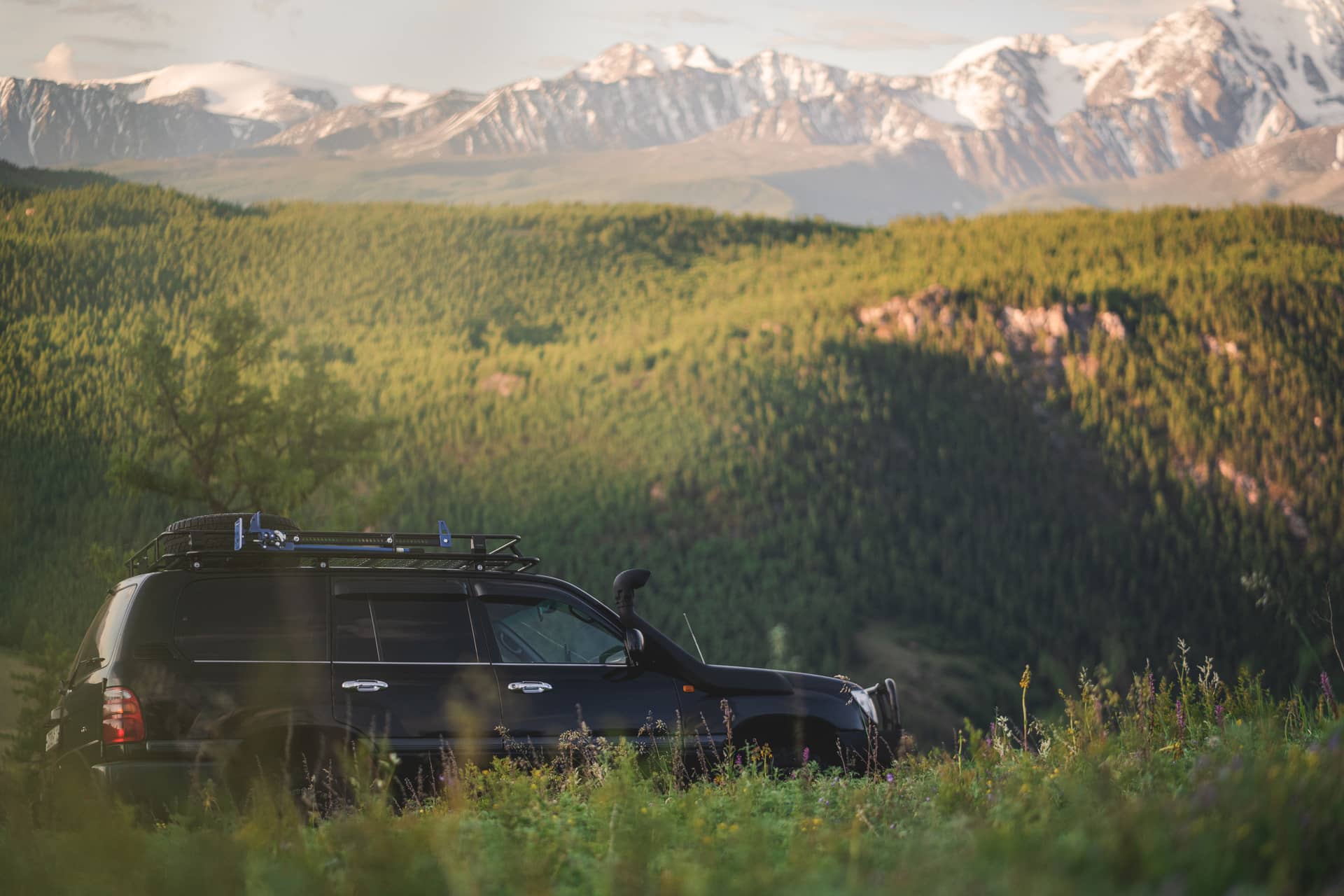
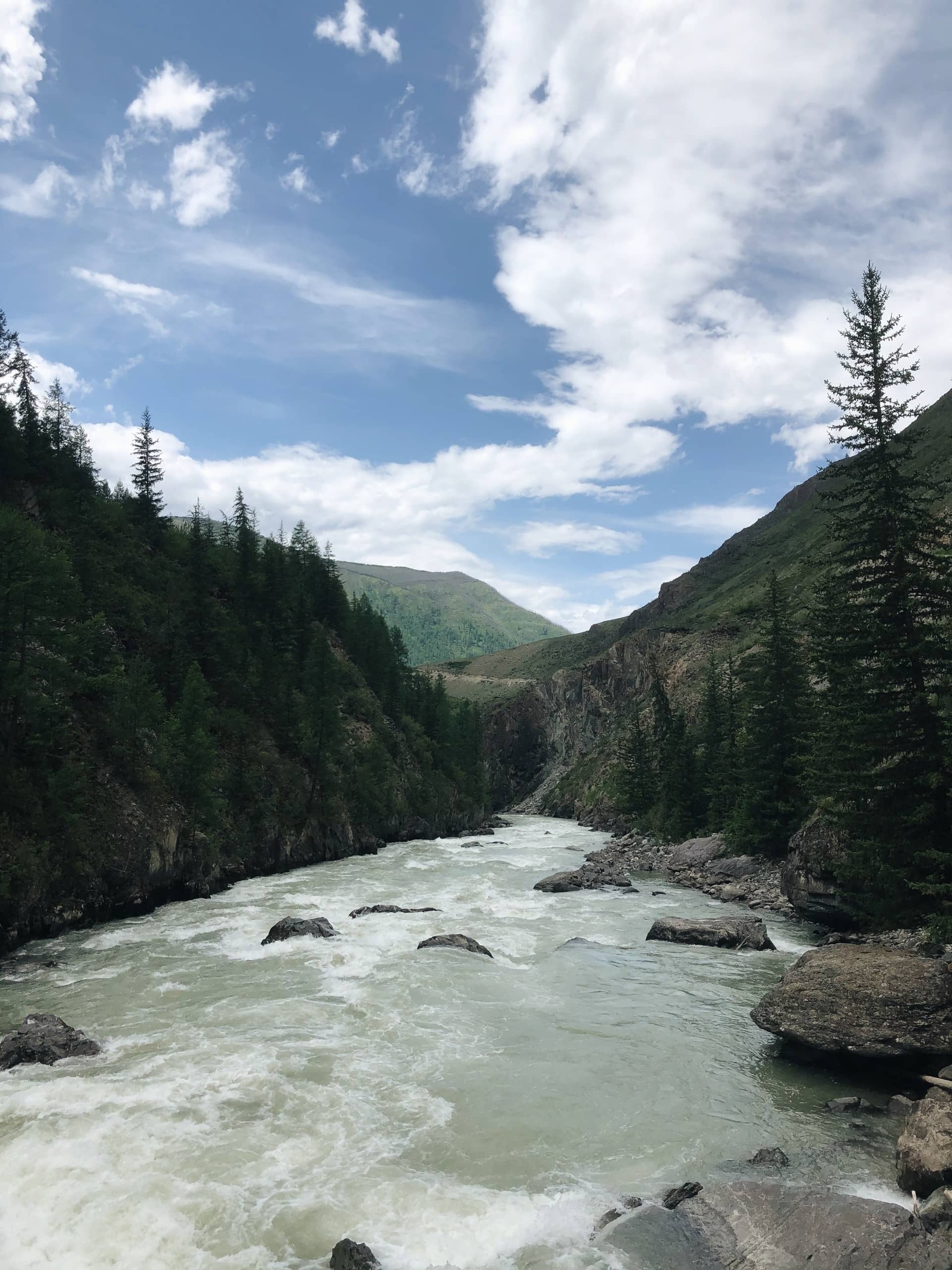
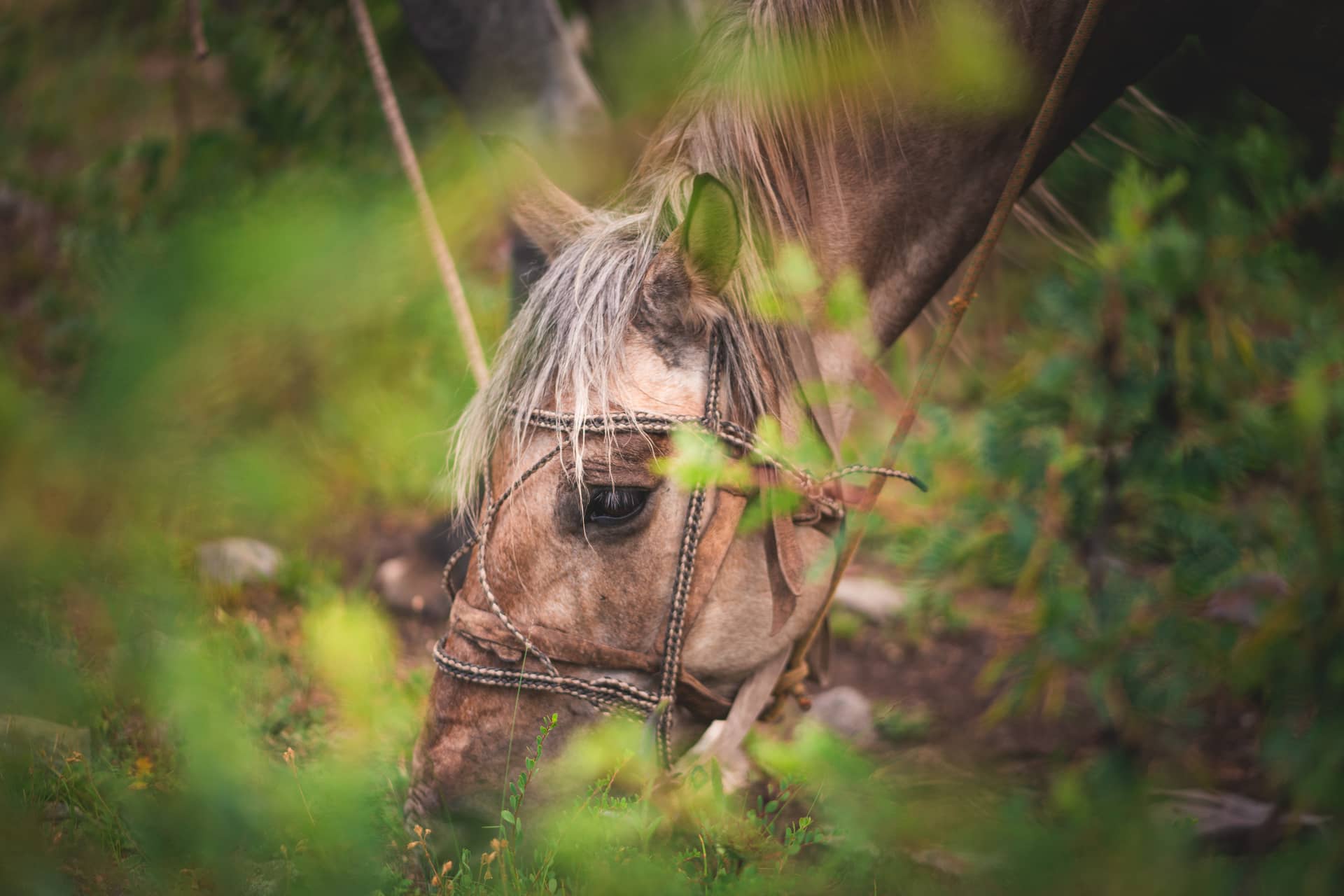
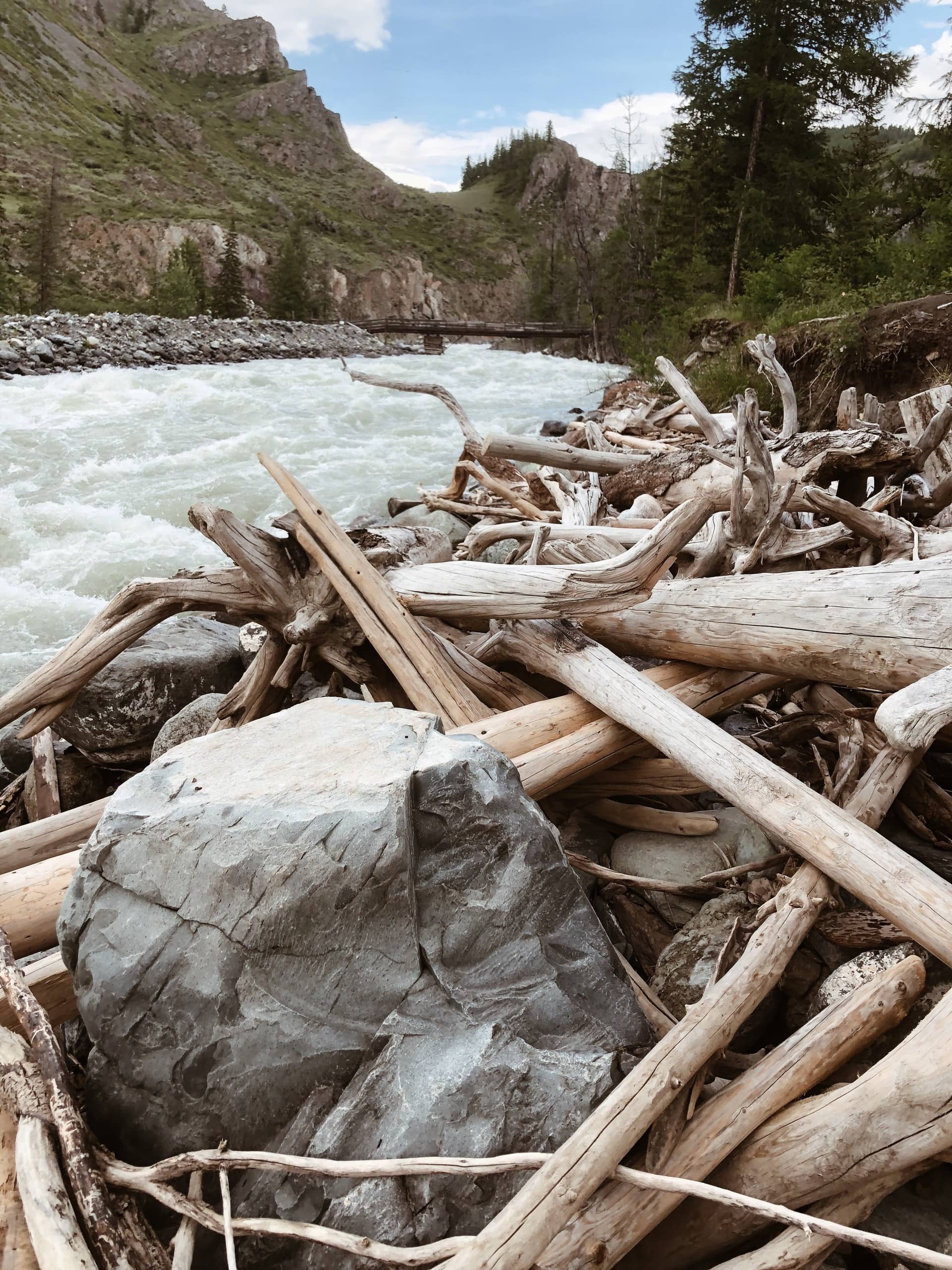
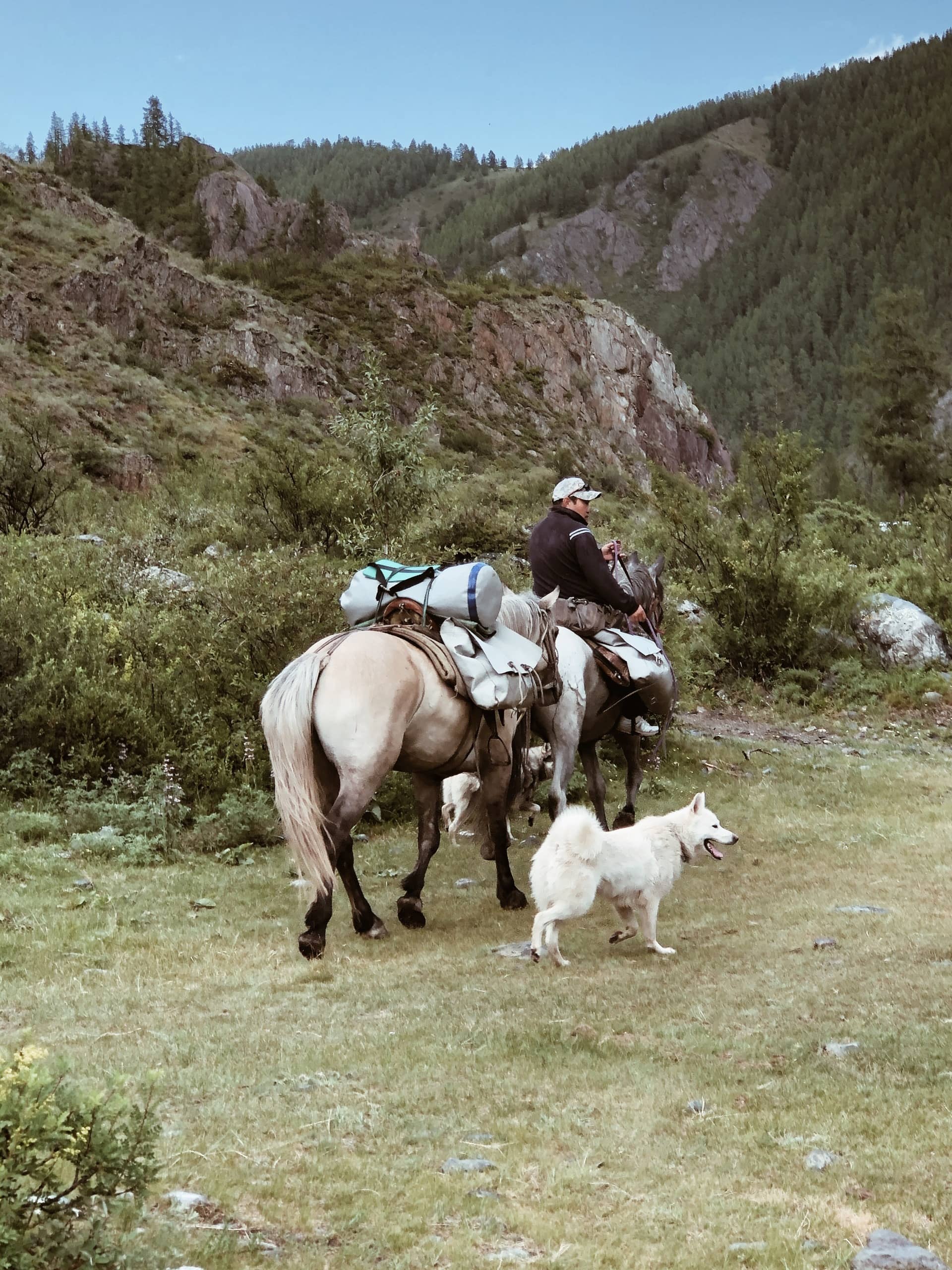
 7 min
7 min